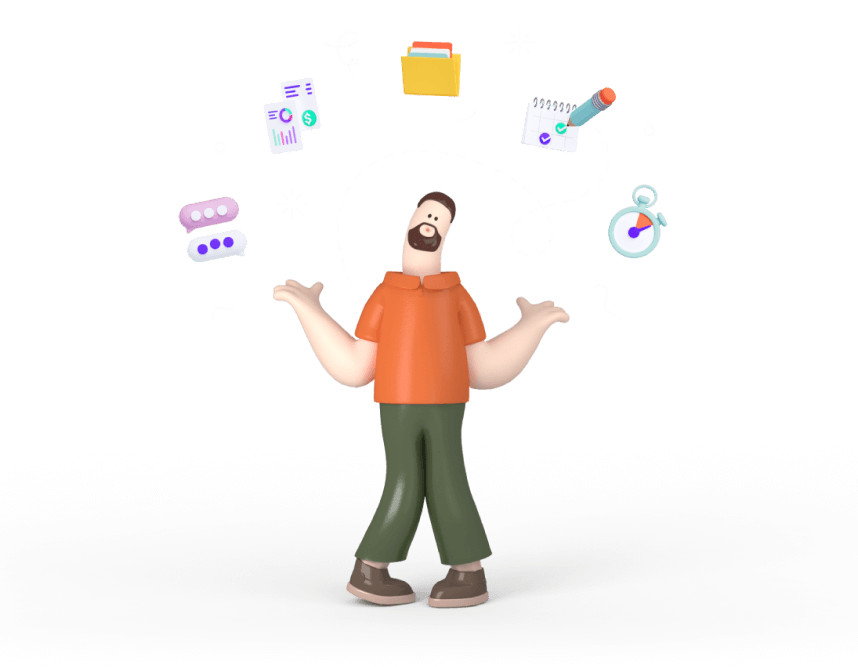• Gathering requirements (3 days)
• Researching user stories (4 days)
• Design (7 days)
• Stakeholder feedback (1 day)
• Coding (20 days)
• Testing (6 days)
• Deployment (3 days)
• Stakeholder review (1 day)
Critical Path Method

What Is the Critical Path Method?
The definition of the CPM clearly states that it’s the longest chain of dependent tasks required to finish the project as early as possible. But who discovered the critical path method?
In the late 50s, EI DuPont de Nemours Company, an American chemical company, was seriously falling behind its schedule and needed something to get them back on track. They devised a solution to divide their project into thousands of tasks, measure the time each task will take, and how asses critical they are to the entire process. They called this technique Critical Path Method or CPM.
CPM was first tested in 1958 in a project to construct a new chemical plant and has, ever since, been one of the most frequently used project management techniques for scheduling.
Steps in the Critical Path Method
A critical path method includes the following steps:
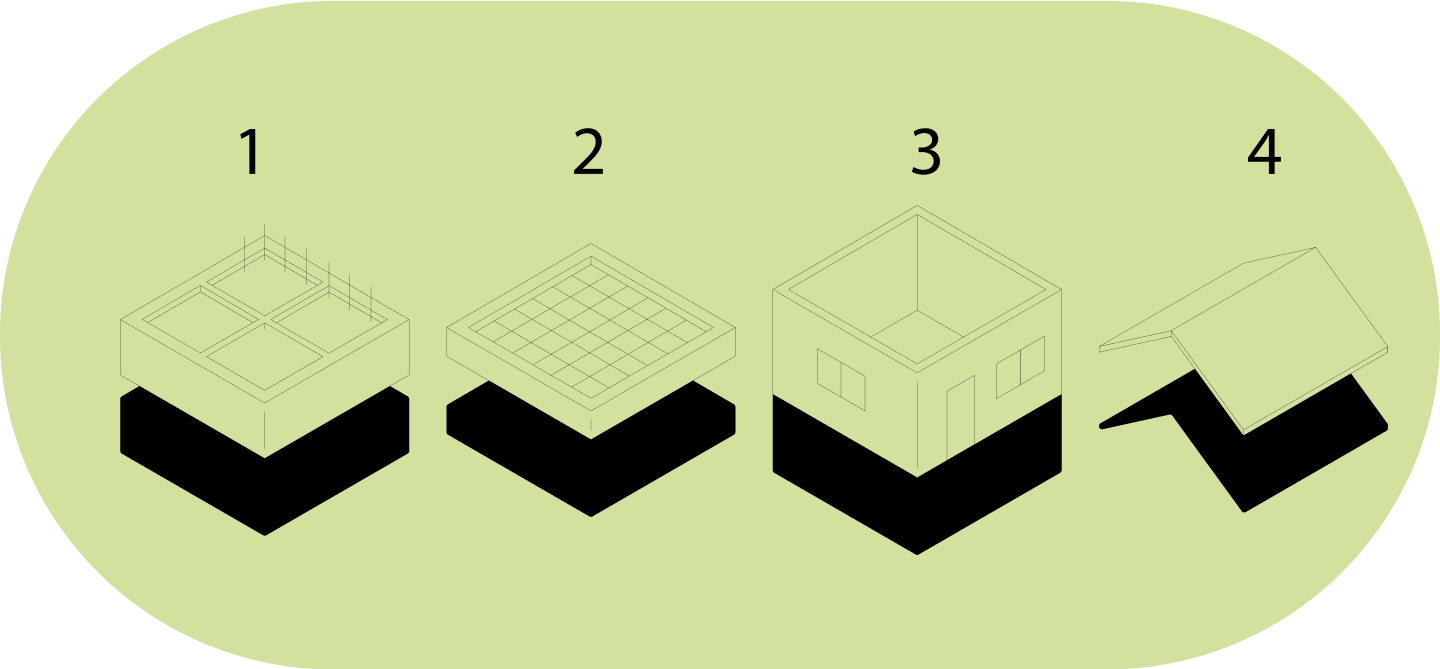
Identifying Activities
The project scope must be well defined so you can break down parts of the process using WBS (work breakdown structure) into a list of events and assignments and identify them by name and coding. All tasks must have a duration and target date. Project leaders can insert dummy activities to connect nodes logically and keep the network's correct sequencing. Dummy activities are represented by dotted lines, they don’t require real work or resources, and they don’t have a duration.
Identify Dependencies - Sequence of Activities
This is the most important step as it gives a clear view of the connection between the activities and helps you establish dependencies, as some assignments will depend on the completion of others. Trying out a few different sequences might help find the best path to complete the project.
Create a Network Diagram
Once you have determined how assignments depend on each other, you can create the network diagram or critical path analysis chart; it allows you to use arrows to connect the tasks based on their dependence.
Estimating the Duration of Each Activity
Scheduling and estimating how long each activity will take will help you determine the time needed to complete the project. While with smaller projects, you can make estimates in days, more complex ones require making estimates in weeks.
Finding the Critical Path
A network of activities will help you create the longest sequence of activities on the path or the critical path using these parameters:
• Early Start ES is the earliest time to start a certain activity, provided the preceding one is completed
• Early Finish EF - the earliest time necessary to finish an activity
• Late Finish LF - the latest time necessary to finish the project without delays
• Late Start LS - latest start date when the project can start without project delays
If there is a delay in any task on the critical path, the whole project will have to be delayed. The critical path is the path where there can be no delays. Naturally, not all tasks are equally important. While some have a huge impact on the critical path and are therefore critical, others don’t make much difference to the project if they are delayed. The critical path method lets us determine which assignments are “critical and which have “total float”. However, if any floating activities get seriously delayed, they can become critical and delay the entire project.
Determining Float Time
Project managers can determine float time for every activity on the CPM network. Total float is the amount of time an activity can be delayed without compromising the project’s total duration. Calculating it requires knowledge of the activities' late or early start or end times.
You can determine the late start time (LST), early start time (EST), late finish time (LFT), and early finish time (EFT) and then calculate total float (TF) as TF = LST - EST or TF = LFT - EFT. Activities with a positive float have some space at their disposal for rescheduling, while activities with TF = 0 are on the critical path and can’t be delayed without prolonging the project.
Critical Path Method Example
The critical path method allows you first to identify all the activities, then figure out how long each will take, and finally determine the longest path, also known as the critical path.
Once you determine the activities of building a house (a clear lot, poor footings, frame house, insulate, drywall, paint, and roofing), you must establish their dependencies. For instance, while you cannot schedule the framing of the house until you have poured the footing, exterior siding and roofing can occur simultaneously.
The next step is to identify the time necessary to complete each activity. While painting may take seven days, roofing will take only three days.
The fact that floating time is not on the critical path makes all other activities critical. If one activity on your critical path is five days late, the entire project will be five days longer than expected.
Critical Path Method in Software Engineering
Software engineering is perhaps the best example to illustrate CPM because, unlike marketing ventures, these projects can be monotonous and repetitive. The activities included in the network could be:
These activities will be nodes in the CPM network, and they’ll be connected by arrows that indicate their dependencies. The goal of the critical path is to map all the nodes and the earliest start and finish dates for all the activities and the entire project. In this case, completing the software engineering project would take 45 days.
Advantages of Critical Path Method
Although the critical method path may have become an outdated technique due to fast-paced technological advances, it still offers a number of advantages:
• Prioritized tasks
• Clear insight into your project’s timeline so you can reduce the time necessary for project completion
• You can compare planned vs. actual progress
• Easy risk assessment
• You can redistribute your team members more efficiently
• Helps your team stay focused
The critical path method lets you stay focused on the big picture by giving you a clear view of all project activities and their potential outcome. The best thing about CPM or critical path analysis (CPA) is that you can reschedule less important tasks and focus on optimizing your work so your team can avoid delays.
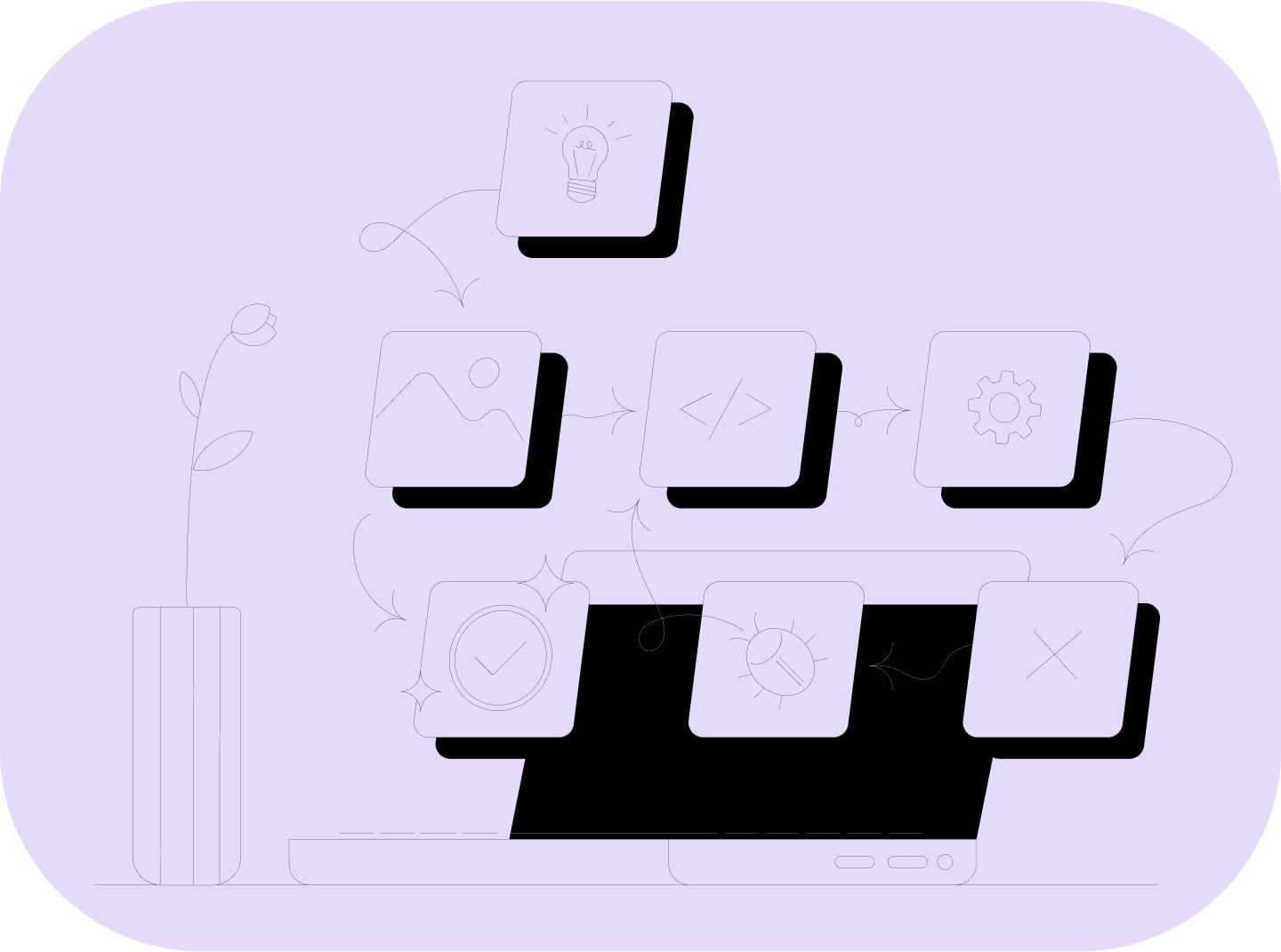
Future Planning
The critical path is very useful for projecting the length of a project. This information can then be used to plan the schedule and resources for other clients. Once the activity sequence is established, it’s also possible to manage the team’s workload, as the timeline allows tasks to be scheduled in advance. Managers can compile data for future use by comparing their plans with reality. They can make better time estimates in the future by recording how long each activity takes on average.
How Resource Limitations Affect the CPM
CPM assumes resources are limitless, which we know not to be true. For example, if the number of team members suddenly drops from 10 to 7, you face resource limitations (i.e., resource constraints). In such a scenario, the critical path changes into a “resource critical path,” where resources related to each activity become an integral part of the process. This means that some of the tasks will have to be performed in a different order which may cause postponements and consequently make the project longer than expected.
However, the critical path can resolve resource shortages by letting managers see in advance when resource constraints will occur. It facilitates more effective resource management, including techniques such as resource leveling and resource smoothing.
Helps Avoid Bottlenecks
The visual nature of the critical path allows project managers to be aware of the schedule at all times. Although CPM doesn’t include risk analysis, it’s easier to track the progress and possible delays, making it possible to locate potential bottlenecks on time and prevent them. On the other hand, the PERT chart takes into consideration risks and can be a valuable addition to the critical path.
Prioritization of Tasks
The critical path or critical path analysis (CPA) shows a network of dependent tasks required to finish the project. Some assignments have more dependencies than others, and CPM can help managers identify them successfully when prioritizing tasks. This is also a good opportunity to assess resource availability and detect potential bottlenecks.
Compress Schedules
Managers can try out different "what-if" scenarios when creating a project’s critical path. Rescheduling tasks, changing their dependencies, or rearranging resource allocation can make dramatic changes to the project plan. However, CPM usually isn’t too versatile when it comes to compressing schedules because its core goal is to show the longest string of dependent tasks in a project. Managers can use techniques like crashing or fast tracking to shorten the task duration on the critical path or make certain activities overlap instead of executing them sequentially. Either way, the CPM helps teams stay on track and find opportunities to compress schedules more easily.
Visual Representation of the Project Timeline
CPM lets managers, teams, and stakeholders view the project as a diagram of activities which is very helpful in every stage of task development. One of the ways to represent the critical path is the Gantt chart which is perfect for visualizing a sequence of assignments. The template supports the very foundation of CPM: finishing one task before starting the next one. Also, it facilitates communication among project stakeholders and improves collaboration, as everyone can stay informed on the progress through the diagram.
What Is the Difference Between CPM and PERT?
The main difference between CPM and PERT is their focus. CPM creates a sequential string of predictable tasks determining a project’s duration. PERT concentrates on estimating uncertain activities and representing them visually. CPM is usually used for recurring projects and events, while PERT deals with unpredictable activities, which is why it uses three probabilistic estimations.
PERT takes into consideration the risks of each task and makes a pessimistic, an optimistic, and the most likely estimate of each activity and calculates an average duration. CPM is more deterministic in its approach and less flexible. It requires one task to be finished before the next begins, while PERT allows different kinds of dependencies.
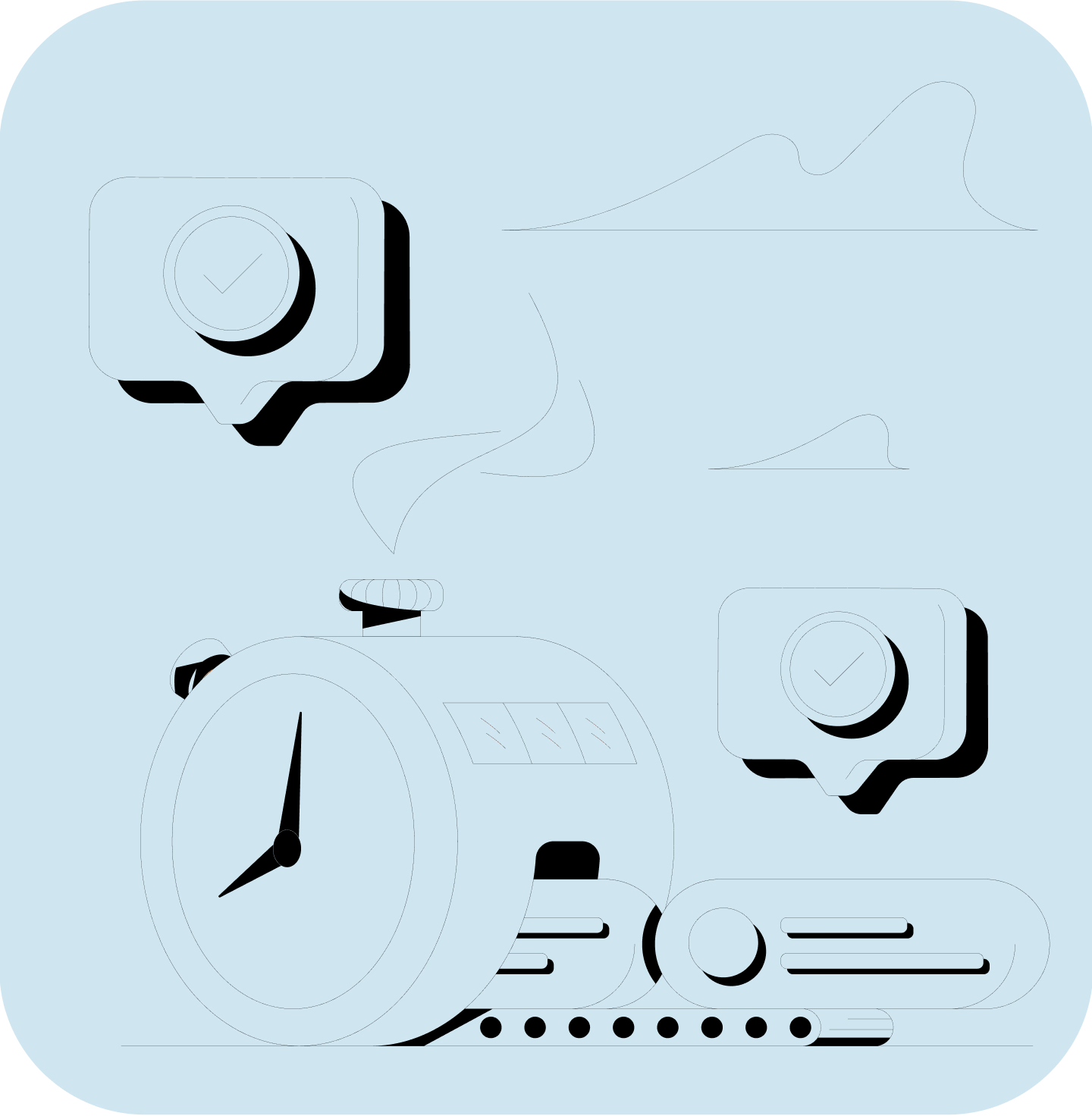
Limitations of CPM
As much as we would like to take the best out of the critical path method and make our projects run smoothly, certain limitations still affect our projects and create new dependencies. CPM doesn’t consider the availability of resources but rather assumes they’re endless. Managers must analyze their team’s schedule as well as the availability of all the other resources necessary to complete the project independently from the creation of the critical path.
The inflexibility of the critical path makes it difficult for managers to accommodate the changes that inevitably happen during the course of a project. CPM also doesn’t include risk analysis, forcing managers to use additional tools. Large-scale projects are full of unpredictable events, delays, and risks, making them difficult to represent as a chain of strict activities. This is why the critical path is easier to implement on smaller projects.
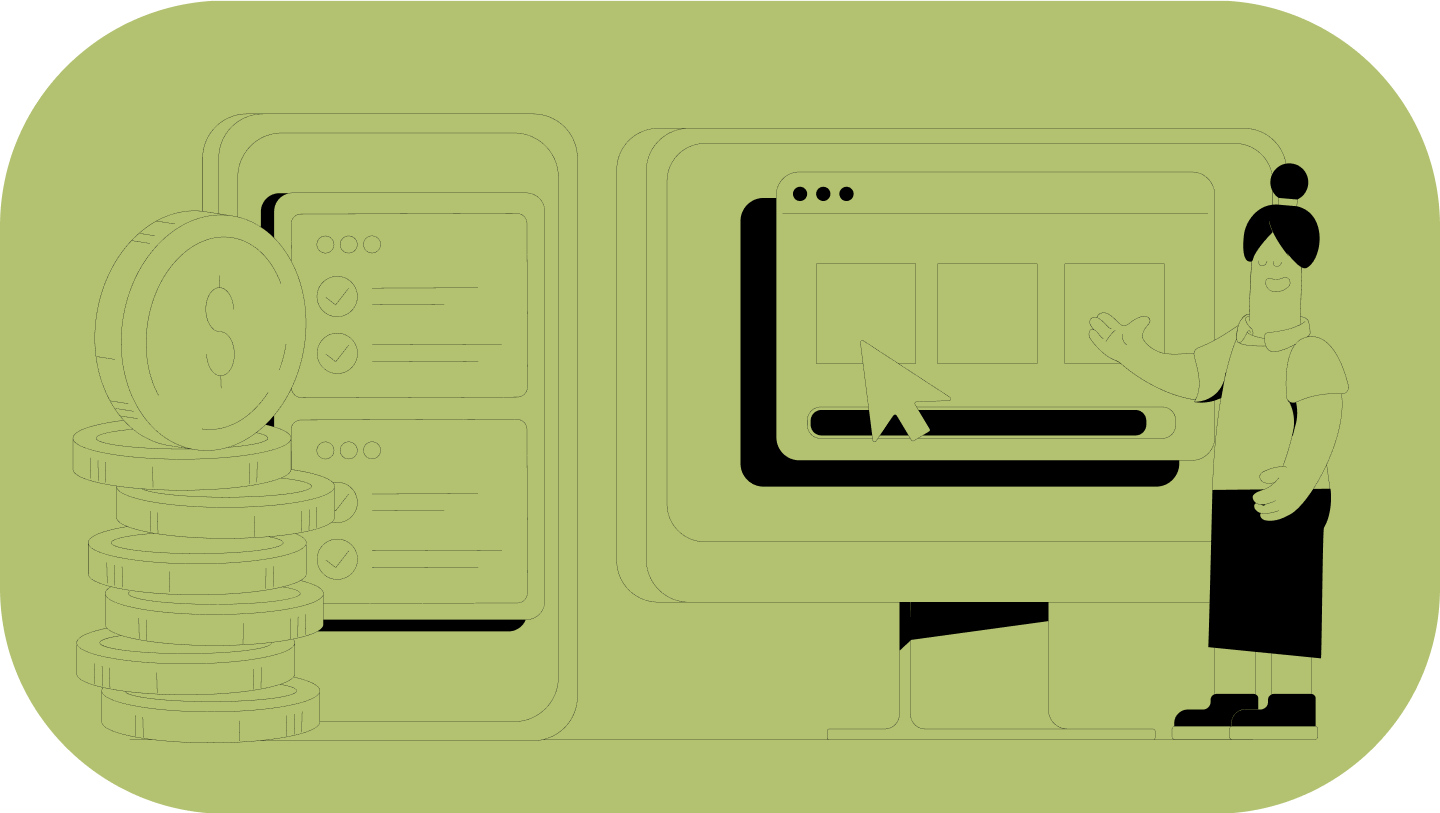
Improvements to the CPM Process
Integrating artificial intelligence and machine learning can facilitate and improve the CPM process. To do that, you need accurate historical data and a system to collect information regularly. You could make AI models learn repeating patterns in some projects so they can automatically predict the task duration and sequence.
The more information you feed these models, the better their predictions will be. Time estimates aren’t the only predictions available. Resource allocation and potential bottlenecks could also be enhanced and detected.
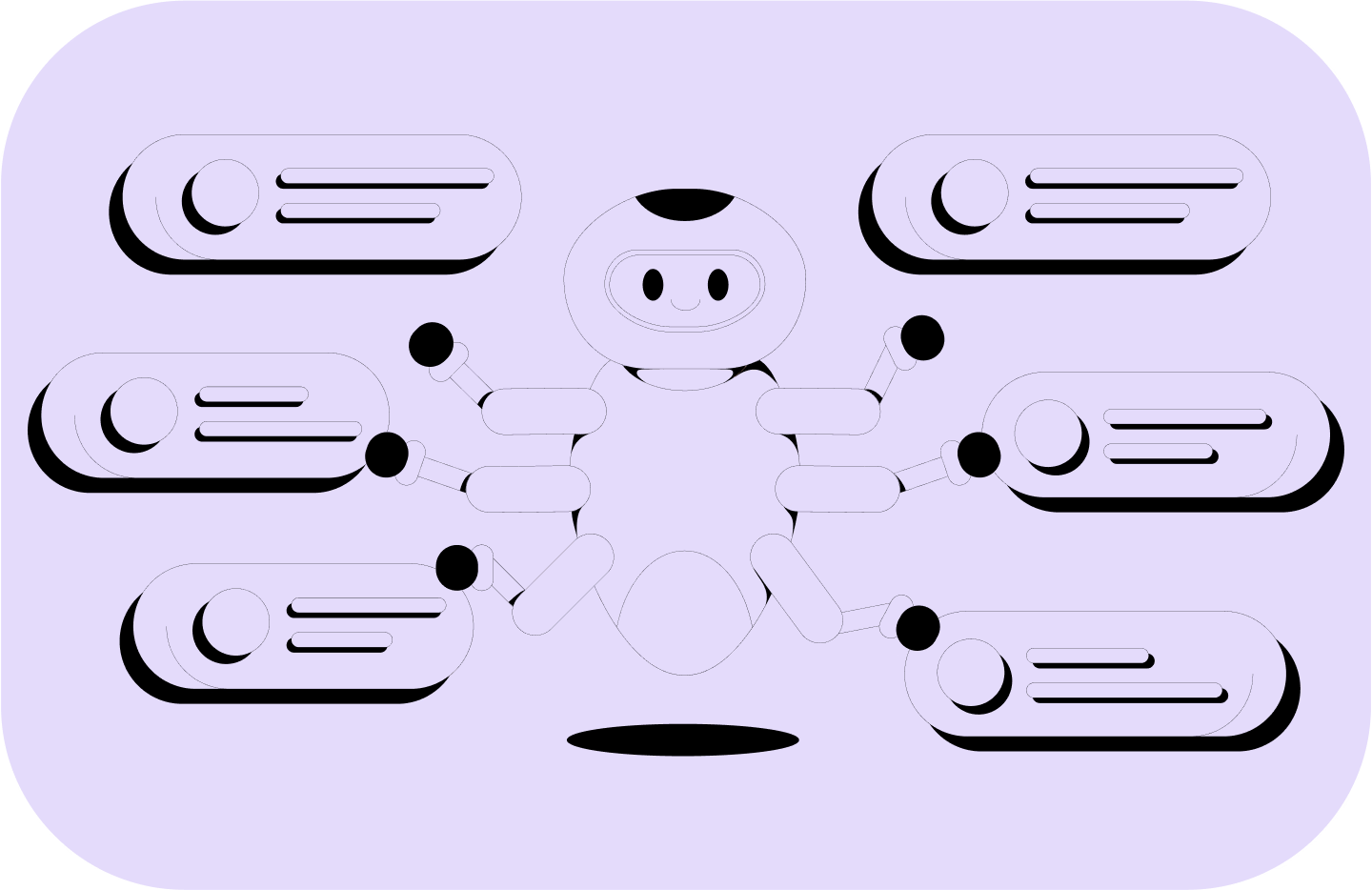
Continue reading
Project Management Methodologies Introduction
Get familiar with the most popular methodologies modern project managers use! Learn the basics and choose the best method to manage your teams and projects.
